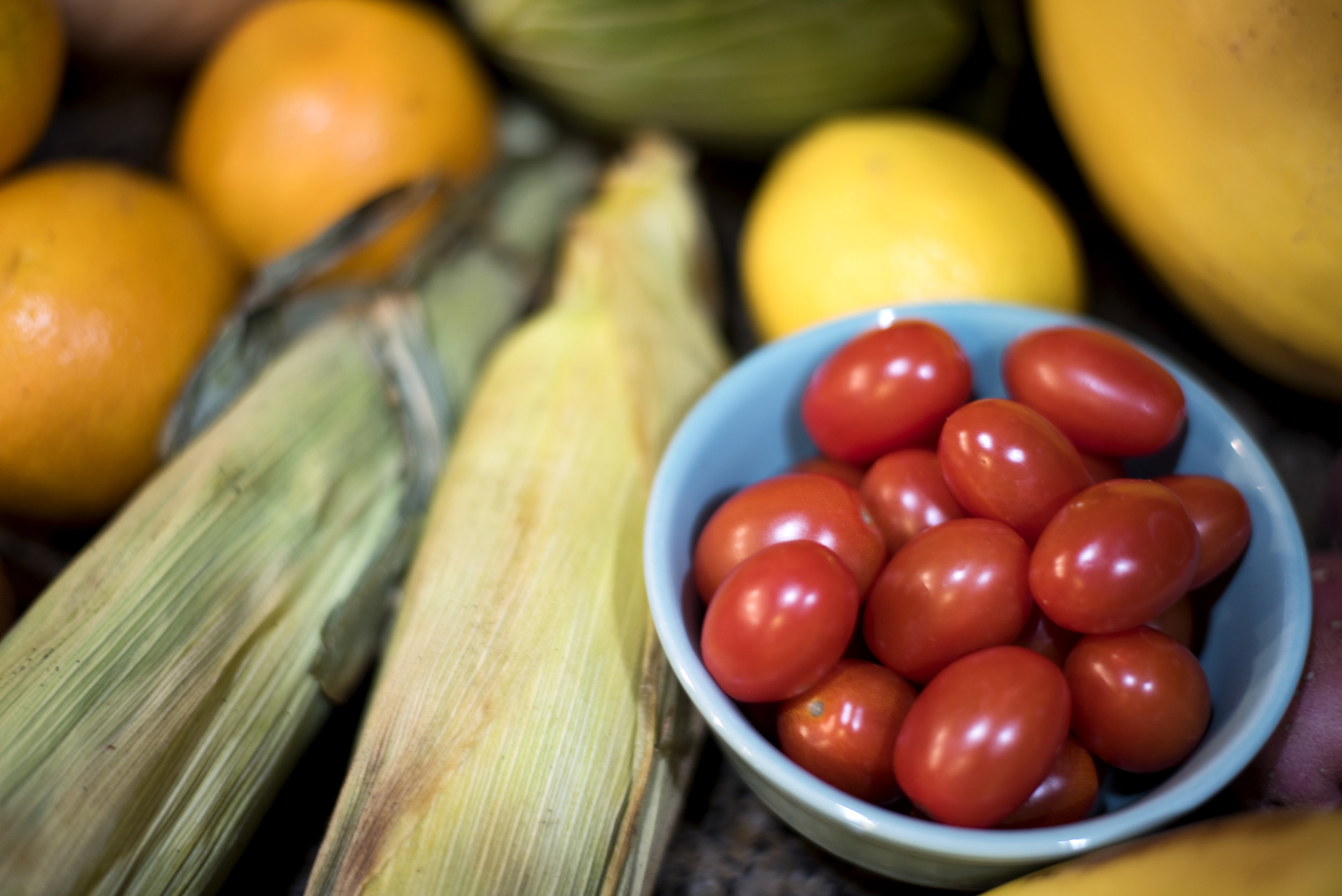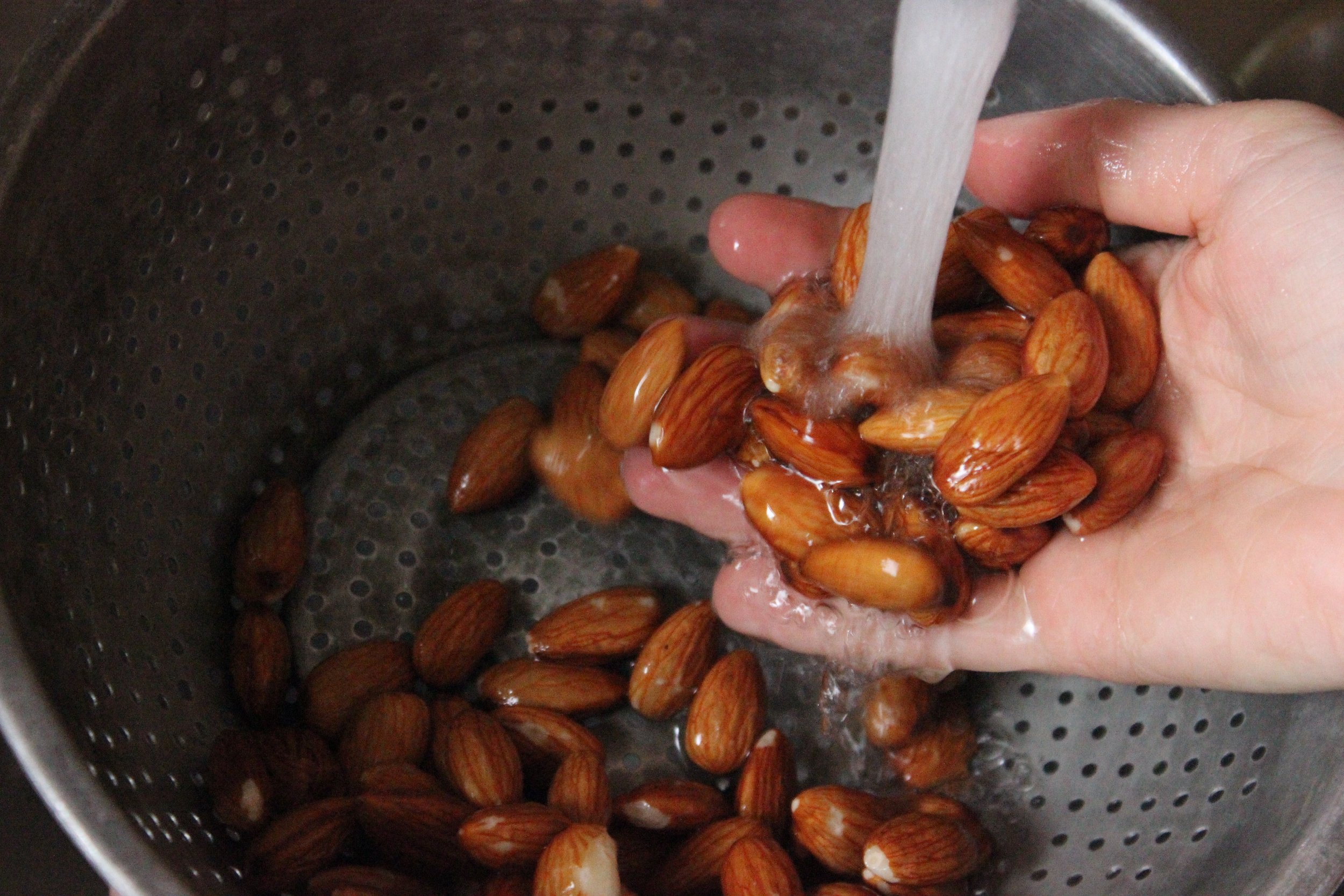How to Eat Your Veggies: A Guide for the Haters

Some people love their vegetables. The smell of steamed asparagus wafting through the kitchen kicks their salivary glands into overdrive. Not me. And, if you’re reading this, probably not you either.
Despite their well-known benefits, a 2013 CDC Survey states only about 7 percent of Alabama residents eat the daily recommended number of veggies. So yeah, we’ve got a problem.
Personally, I’ve hated vegetables since childhood. My parents had a strict no-leaving-the-table-until-you-eat-two-bites-of-everything policy, and it was much worse than it sounds. I remember sitting there, hours after the rest of the family had left the table, mustering the courage to slide the slimy, steamed squash past my lips, praying I wouldn’t gag this time. No thanks.
Admittedly, I was a stubborn child, and I know that most of the effect was in my head. But that knowledge doesn’t help it taste better, and I still feel a little queasy when I see my girlfriend’s mother heaping asparagus on my plate before a family dinner.
If you’re anything like me (and be very thankful if you aren’t), you have to find creative ways to get your recommended daily intake of vegetables. Here are a few tricks I’ve found that help me not only eat vegetables without gagging, but even sometimes like them.
Hopefully you already know of some vegetables that you like. Maybe you like salads or cucumbers or peppers. Whatever they are, look for new, creative ways to cook them. Scour Pinterest for exciting, fresh recipes to try. You’ll discover more options. You don’t have to like every vegetable (or even most of them); you just need to get enough of the nutrients.
Salads are an easy way to get these nutrients. Don’t really like salads? You may just be bad at making them. We’ve written previously about how to take yours to the next level, so consider learning how to make a better salad. Add a protein, try different dressings, and skip the boring iceberg lettuce. For real, iceberg lettuce is basically green water, and it doesn’t offer many nutrients. Try spinach or romaine instead. According to fitness queen Jillian Michaels, “The darker the lettuce, the more nutritious it is. Use this rule when you’re out grocery shopping and you’ll always choose the better lettuce.”
If that’s not helping, try a smoothie. The secret to green smoothies? You don’t really taste the vegetables. They taste great, they’re super trendy, and Instagram’s Clarendon filter really makes them pop. Seriously, try it. It’s not hard, just add a handful of spinach leaves to a banana smoothie. You’ll barely taste the difference, and it’ll help you reach your goal for the day.
Also, fresh, uncooked vegetables can make a huge difference. If fried, steamed, or — ugh, boiled — vegetables gross you out, don’t eat them. Instead, try eating them raw or try cooking them in new ways. I hate creamed spinach, but I can’t get enough of raw baby spinach leaves. You just need to find what works for you.
The Be Well team subscribes to the “everything in moderation” theory of eating. No, eating Maw-Maw’s fried okra twice a month isn’t going to kill you anytime soon, but be mindful of how you consume your vegetables. The same goes for salad; if you prefer your greens gently floating in a bath of blue-cheese dressing, that’s fine. Just know that mayo-based dressings generally have a lot of fat. That’s why they taste good. If you’re choosing a salad because you want a guilt-free, low-cal option, watch the dressing.
An increasingly popular (and delicious) trend is to roast vegetables and other foods in the oven. (By the way, oven-roasted potatoes might’ve been the greatest culinary triumph of the last century. They’re like tiny toasted nuggets of Irish history, and I can’t get enough). Roasting vegetables isn’t hard; you generally need 3-4 cheap ingredients, and it only takes a few minutes. Plus, the results are amazing. Veggie advocate and Be Well contributor Abby Dosker told us, “You can basically turn asparagus into French fries if you add parmesan cheese, garlic salt and olive oil and bake at 500 degrees for 8 minutes.” Here are a few of my favorite recipes. Boom, roasted.
Finally, try hiding your veggies in other dishes. Spinach is great for this. Remember the smoothie from earlier? Well, the same principle applies to many other foods. Making an omelette in the morning? Add a little spinach (or kale, if you’re super basic) for color and you’ll barely taste it. Chicken quesadilla for lunch? Pile on the grilled peppers and onions. Spaghetti for dinner? Toss more spinach in there. Again, you’ll barely taste it, and it adds personality to the dish. Do you like soup? Try mincing vegetables like cauliflower into tiny pieces and toss them into a soup. Abby highly recommends it.
Do you hate vegetables? Or know of a delicious way to prepare them? Comment below and let us know! Or message us on social media @AuburnCampusRec. We always love hearing from you.
Be well, Auburn.
Photography: Cat S
Editor
Originally from Montgomery, Alabama, Jack is studying public relations with a dual minor in marketing and psychology. An ENFP, Jack loves to be around people and to talk about his interests and hobbies.
He is involved with the University Program Council and Eagle Eye TV. A member of Auburn's French and Italian Clubs, Jack is also a host in the International Buddy Program. He enjoys learning about other cultures and discovering more about the world around him. He is an active member of the Auburn Wesley Foundation and the First Baptist Church of Opelika. His interests include sports, photography, tech, working out, politics, the outdoors, and spending time with friends and family. A fan of a wide variety of music, Jack is currently obsessed with J. Cole, Ed Sheeran, Childish Gambino, and T-Swizzle. He thinks Spotify is "the greatest thing ever," and he plays curated workout playlists when he's at The Rec.









